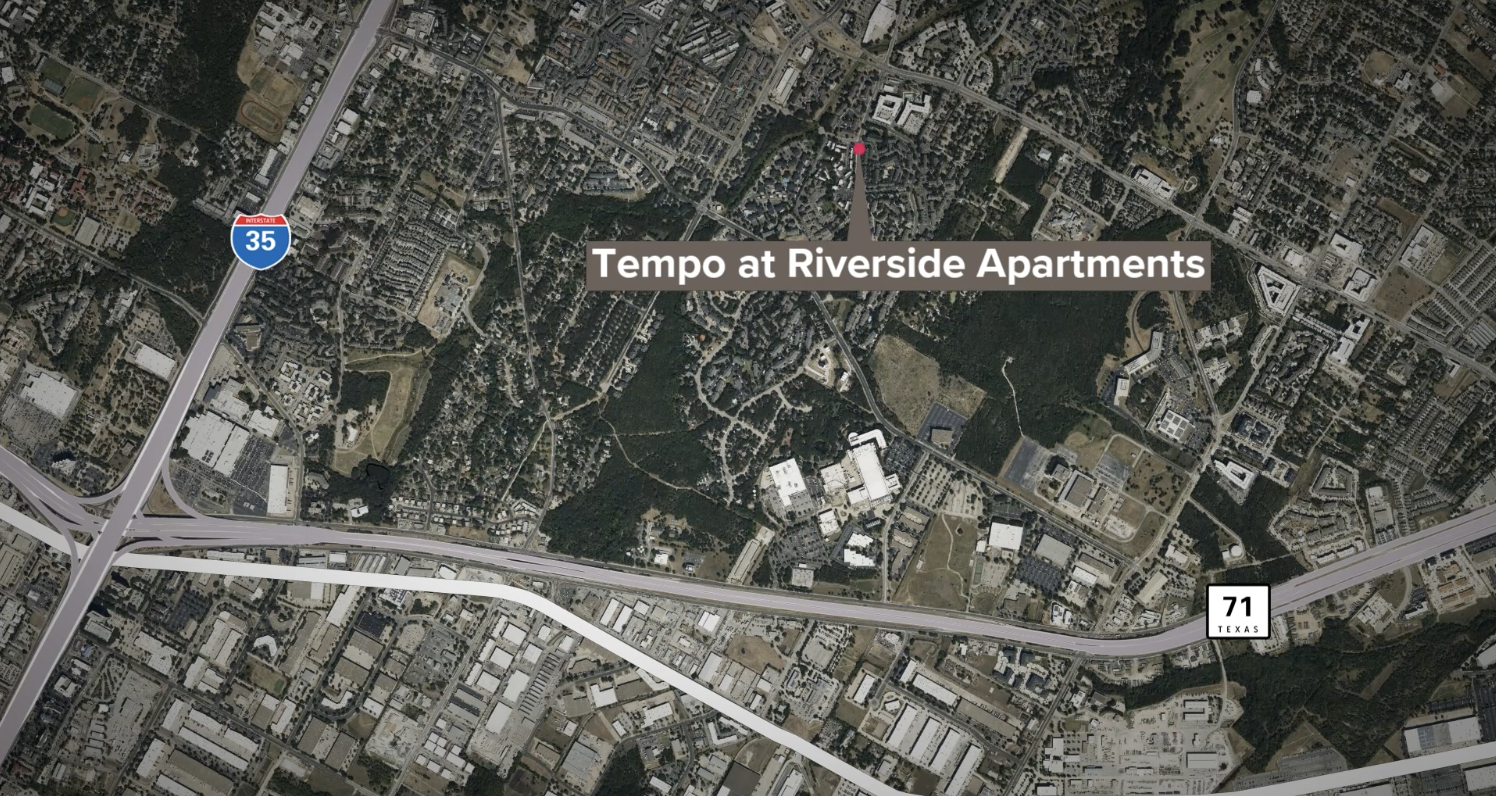Southeast Austin is about to undergo a major transformation with the launch of the highly anticipated River Park development. This massive $4 billion project, which covers 109 acres, will bring a new live music venue to the area, kicking off the first phase of what’s expected to be a decade-long development. Although the project has been met with controversy, it’s poised to reshape Austin’s Riverside neighborhood and contribute to the city’s already booming real estate market.
New Music Venue: A Nod to Austin’s Musical Roots
The first phase of River Park will include a 65,000-square-foot live music venue, positioned on the northwest corner of East Riverside Drive and Crossing Place. This venue is set to be larger than the former Austin City Music Hall, which was demolished to make room for an office building. Given Austin’s reputation as the “Live Music Capital of the World,” the new venue is expected to become a central hub for concerts and events, adding even more excitement to the city’s vibrant music scene.
The addition of this venue also reflects the developers’ commitment to honoring Austin’s cultural roots. While the city continues to grow rapidly and evolve, keeping elements of what makes Austin unique—like its music culture—will help retain its charm, even as large-scale projects like River Park take shape.
A Massive Development with a Long-Term Vision
River Park is no small undertaking. With an estimated price tag of over $4 billion, the development is expected to take 10 to 20 years to fully complete. Located on a site that spans 109 acres, the project will be built in phases, gradually transforming the area into a mixed-use community that will offer retail, office space, housing, and entertainment options. The development is bounded by key areas such as Roy G. Guerrero Colorado River Metro Park, East Riverside Drive, Pleasant Valley Road, and Country Club Creek.
One of the key features of the River Park development is its emphasis on pedestrian-friendly spaces. A network of blocks and trail connections will link the various phases of the project, making it easy for residents and visitors to explore the area. In addition, the development will include over 30 acres of green space, including a linear park and greenway that will connect the River Park area to the planned Riverside transit station. This design will not only encourage foot traffic but also help integrate the development into the city’s broader infrastructure.
Controversy Surrounding the “Domain on Riverside”
Despite its ambitious plans, River Park has been met with controversy, especially from nearby residents. Initially, many locals protested the project, fearing that it would turn the Riverside area into a commercialized district akin to the Domain, a massive mixed-use development in North Austin. Critics argued that River Park would alter the character of the neighborhood, drive up property values, and contribute to gentrification.
Some residents also felt blindsided by the rezoning efforts that allowed River Park to move forward. The Austin City Council gave its final approval for rezoning in October 2019, but many community members said they weren’t adequately informed about the project until it was too late. The opposition was loud, with concerns about increased traffic, rising rents, and the loss of affordable housing being front and center in the debates.
Addressing Concerns: Affordable Housing and Community Agreements
In response to the concerns, the River Park development team has taken steps to address the community’s fears about gentrification and displacement. Shortly after receiving rezoning approval, the development team reached an agreement with the Ending Community Homelessness Coalition (ECHO) to provide housing for 100 homeless individuals for up to five years. Additionally, the project includes plans to build more than 400 income-restricted affordable housing units on site, which will help ensure that some of the housing remains accessible to lower-income residents.
These agreements are seen as attempts to balance the needs of the local community with the demands of a growing city. However, the long-term impact of the development on the surrounding neighborhoods remains to be seen.
What River Park Means for Austin’s Future
River Park represents more than just a new development in Austin—it reflects the city’s ongoing transformation. As Austin continues to grow, with new residents arriving every day, developments like River Park aim to provide the infrastructure, housing, and entertainment needed to keep up with demand. The inclusion of green spaces and pedestrian-friendly designs also highlights the city’s commitment to sustainability, even in the face of rapid urbanization.
At the same time, projects like River Park spark important conversations about how cities can grow without leaving behind their most vulnerable populations. With over 400 affordable housing units planned, the project could serve as a model for balancing large-scale development with community needs.
As the first phase of River Park gets underway, including the highly anticipated music venue, Austin residents and potential homebuyers should keep a close eye on this evolving part of the city. Whether you’re interested in the area’s real estate potential or looking forward to attending concerts at the new venue, River Park will undoubtedly play a significant role in shaping Austin’s future.
Planning your move to Austin or looking for more insights on local real estate? Call or Text Brendan Sanford, the best realtor in Austin, today at (512) 696-0673, or email at [email protected].
